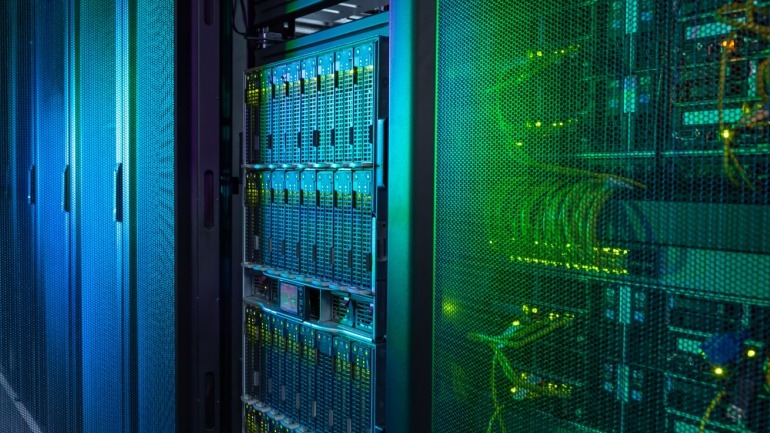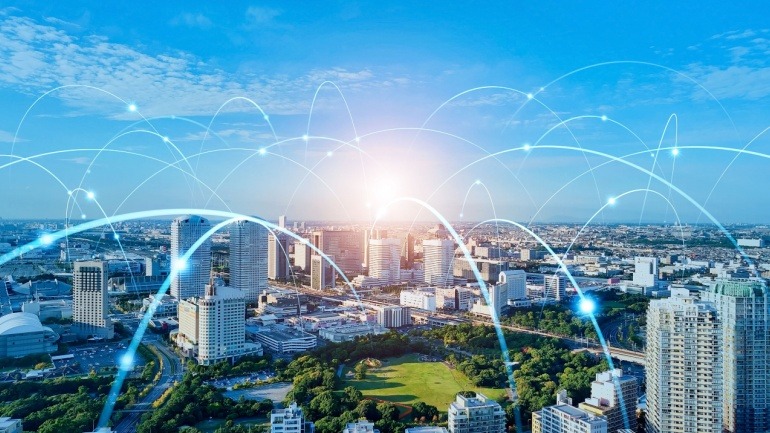Nokia collaborates with Hrvatski Telekom to enhance 5G capabilities and empower app developers through advanced APIs. By leveraging Nokia’s Network as Code platform, developers can monetize 5G technology, driving innovation in consumer, enterprise, and industrial applications.
Nokia has inked a pivotal deal with Chunghwa Telecom to modernize Taiwan’s 5G network and to elevate performance with Nokia’s advanced 5G solutions. This collaboration includes the deployment of AI-driven MantaRay solutions, promising enhanced efficiency and energy savings, marking a transformative phase in 5G-Advanced progression.
Du has announced an expanded partnership with Nokia to enhance its 5G network across the UAE. This collaboration enables the deployment of Nokia’s 5G AirScale Radio Access Network, aiming for improved energy efficiency and higher service demand catering.
Nokia and Lenovo are redefining network capabilities for AI data centers with their strategic partnership. This collaboration guarantees advanced infrastructure for telecoms and cloud providers.
Nokia’s recent decision to cut over 2,000 jobs in China and Europe is part of a broader strategic restructuring plan aimed at optimizing operations and realizing significant cost savings. This workforce reduction aligns with Nokia’s efforts to respond to changing global market dynamics.
RACSA and Nokia have launched Costa Rica’s first 5G network, targeting key urban centers and marking a major shift in connectivity. With 30 sites already in cities like San Jose, their plan to expand to 500 shows the transformative potential of 5G.
Airtel’s partnership with Nokia under the Green 5G initiative marks a significant stride in sustainable telecommunications. By integrating energy-efficient technologies, Airtel enhances its 4G and 5G radio networks, optimizing energy usage and reducing CO2 emissions.
The formalized partnership between Nokia and NTT DATA marks a significant shift in their approach to private 5G networks, promising enhanced connectivity and technological advancements. This collaboration focuses on leveraging Nokia’s robust radio access network infrastructure to optimize operations in smart cities, airports, and industry sectors, reflecting a promising digital future.
Explore the future of VoIP with the remarkable advancements in 5G technology. O2 Telefonica’s recent 5G trial achieved incredible download speeds via carrier aggregation, highlighting the potential for transformative connectivity. These developments empower next-level VoIP services, ensuring seamless communication for consumers and businesses.
Nokia and Viettel Group have inked a new commercial deal to deploy 5G infrastructure across 22 provinces in Vietnam. This collaboration enhances Viettel’s digital transformation efforts and modernizes its 4G network with Nokia’s 5G AirScale portfolio, including Massive MIMO radios.













